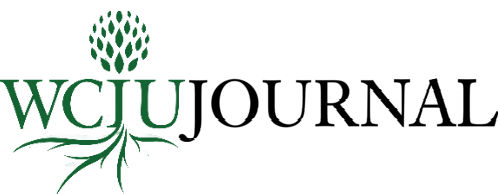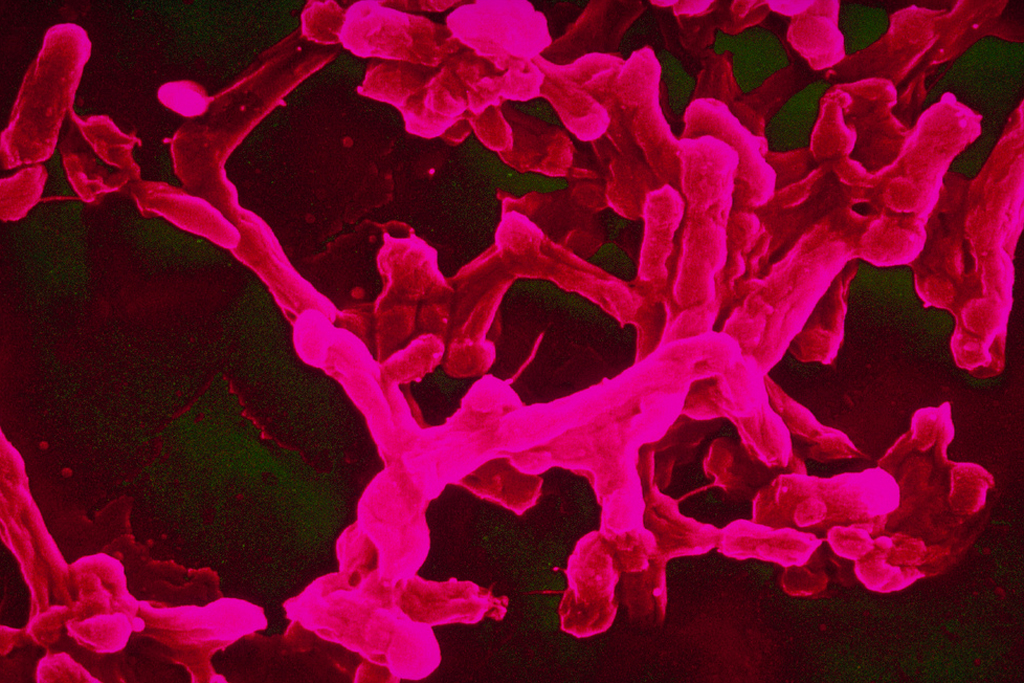Editorial Report: Eradicating Viruses by Nanomedicine: New Discovery Brings Glory to God
by Beth Snodderly, editor of the WCIU Journal
WCIU Journal: Health and Disease Topic
July 29, .2022
by Beth Snodderly, Editor, WCIU Journal
In the years before his death in 2009, Ralph D. Winter, WCIU founder, spoke often about his desire to see Christians who are scientists working toward the eradication of diseases. He founded the Roberta Winter Institute to “declare war on [the] sources of disease, in addition to being kind helpfully to sick people.”[1] Although Winter wrote in 2002 that “Virtually no one is trying to figure out how to eradicate pathogens” (Winter 2008, 174), that is no longer true. WCIU Board member, Dr. Richard Gunasekera, is carrying on Winter’s vision through his research with nano molecules, first at Rice University and now at Biola University.
Gunasekera leads a team of faculty and student researchers at Biola that have shown how rotorary nanomolecules called nanomachines can kill viruses. The researchers received the first place award from the American Association of the Advancement of Sciences at its recent 2022 annual meeting, for their presentation on this cutting-edge discovery. As a follow up, the prestigious journal, Science, published the citation for the presentation of their research with Biola student Marisa Arthur (now Nanomedicine Research Assistant) as presenter. Biola News reported on March 15, 2022:
The pandemic emphasized a need for new ways to combat viruses leading to two Biola professors, [Dr. Richard Gunasekera and Dr. Don Galbadage], conceptualizing a technique that resulted in advancement on how to treat/destroy viruses beyond vaccines and defense mechanisms (Valles 2022).
Nanomachines Destroy Viruses
To help non-scientists understand the team’s research, some technical information is helpful. A molecular nanomachine is a “nanoscopic” synthetic molecule that are so small you can place 50,000 of them on the diameter of a human hair. In other words it is even smaller than “microscopic.” These nanomachines have been crafted by scientists using advanced organic chemistry. The top portion of a nanomachine rotates while the bottom part is stationary. Think about an outboard motor. A nanomachine is designed somewhat like that. In nature we see a similar design with the bacteria flagellum or with a rotating enzyme called ATP Synthase.
Together with their collaborators at Rice University, Houston Texas, and Durham University in the UK, the Biola research team has been able to use nanomachines to work in biomedical systems for targeted killing of cancer cells and in earlier research to kill “superbugs” that are resistant to antibiotics. “In some cases, these nano “drills” make the antibiotics effective once again” (Rice University 2019; Galbadage et al 2019). Now viruses are being “killed” by these nano “drills.
The design of rotary molecular nanomolecules won the 2016 Nobel Prize for Chemistry. When a specific wavelength of light is shone on these molecules, the rotor portion begins to spin. The nanomachines used in the Biola team’s virus research rotate at 2-3 million revolutions per second. The speed and intensity of the rotations acts as a microscopic drill to pierce the outer layers of a virus, possibly destroying the outer capsid and/or the nucleic materials within. The scientists are currently running reaction experiments to understand these mechanisms.
Further research is being done on enveloped viruses by the group at Biola. The viruses used in these experiments have a protective layer similar to the coronavirus, so viral diseases such as HPV, polio, diarrheal diseases from rotavirus, and the various symptoms caused by the adenovirus could be the team’s next targets. Since all viruses are similar in basic structure, these nanomachines have a wide application.
Science and Faith
Human-designed nanomachines require many complex and difficult steps of synthesis and purification. The end product could not have been formed by chance. If human beings can receive a Nobel Prize for the design of these molecules, how much more should one recognize the design in much more complex rotary machines that are found in life such as the previously mentioned bacteria flagellum? The incredible difficulty and complexity in designing nanomachines points to the existence of an “intelligent designer” being responsible for similar molecules found in nature.
Gunasekera concurs,
Scientific evidence and genetic information discovered in the past few decades, particularly from molecular biology and genomics, have provided a surprising amount of support for biblical beliefs (Gunasekera 2021, 156).
In recognizing the healing ministry of Jesus while on Earth, and his mission to save humankind and give them eternal and fulfilling life, we realize that Jesus was not in favor of disease, suffering, and death. Scientists are also aware that there is a root basis of the mechanisms by which diseases are caused. So while scientists use nanomachines, nano-medicines, and vaccines to fight diseases, they also need to continue to attempt to discover the root causes of disease, as Winter advocated. Scientists who are followers of Jesus can bring glory to God by demonstrating in these practical ways that God cares about suffering and disease and that these are not God’s will.
References
Galbadage, T., D. Kiu, L. B. Alemany, R. Pal, J. M. Tour, R. S. Gunasekera, and J. D. Cirillo. 2019. “Molecular Nanomachines Disrupt Bacterial Cell Wall, Increasing Sensitivity of Extensively Drug-Resistant Klebsiella Pneumonia to Meropenem.” ACS Nano 13, no. 12:14377-387. doi: 10.1021/acsnano.9b07836. Epub 2019.
Gunasekera, Richard S. 2021. “A Scientist’s Perspective on Disease and Death.” In All Creation Groans: Toward a Theology of Disease and Global Health, edited by Daniel W. O’Neil and Beth Snodderly, 156-71. Eugene, OR: Pickwick.
Liu, D, V. Garcia-Lopez, R. S. Gunasekera, L. G. Nilewski, L.B. Alemany, A. Aliyan, T. Jin, G. Wang, J. M. Tour. 2019. ACS Nano 13, no. 6: 6813-623. https://www.ncbi.nlm.nih.gov/pmc/articles/PMC6933815/.
Nobel Prize. 2016. “Press release: The Nobel Prize in Chemistry 2016.” The Nobel Prize. https://www.nobelprize.org/prizes/chemistry/2016/press-release/.
Rice University. 2019. “Deadly ‘Superbugs’ Destroyed by Molecular Drills.” News Release: EurekAlert (December 12). https://www.eurekalert.org/news-releases/666469.
Valles, Dalet. 2022. “New Discovery by Biola Researchers Shows Ability of Nanomolecules to Kill Viruses.” Biola News. March 15. https://www.biola.edu/blogs/biola-news/2022/new-discovery-by-biola-researchers-shows-ability-of-nanomolecules-to-kill-viruses
––––––, Ralph D. 2008. “Roberta Winter Institute Explanation.” In Frontiers in Mission: Discovering and Surmounting Barriers to the Missio Dei, 4th ed. Edited by Ralph D. Winter, 177-80. Pasadena: WCIU Press. https://static1.squarespace.com/static/5b3157f3b40b9d21a8096625/t/5f035c3cc46c79701edfd23b/1594055796725/Frontiers_in_Mission%2B4th%2Bed%2Bcopy.pdf
[1] “Roberta Winter Institute Explanation,” https://static1.squarespace.com/static/5b3157f3b40b9d21a8096625/t/5be334332b6a284b1f2f45ed/1541616691623/RWI+explanation.pdf.


